
In a bold and strategic move following the Pahalgam terror attack, India launched Operation Sindoor in May 2025, signaling a shift in its counter-terrorism doctrine and showcasing the country’s military capabilities. This operation, targeting terrorist infrastructure across Pakistan and Pakistan-administered Kashmir, has been described by Prime Minister Narendra Modi as more than just a retaliatory strike. “Operation Sindoor wasn’t just any ordinary move by the Indian Army, and through it, the whole world got to see India’s resolve turn into action,” the Prime Minister declared during an address at the Adampur Air Force base.
The Trigger: Pahalgam Terror Attack
Operation Sindoor was launched in response to a deadly terrorist attack in Pahalgam, Jammu and Kashmir, where 26 civilians, mostly tourists, lost their lives. The attack, which bore the hallmarks of coordinated planning and deliberate targeting of male tourists, was attributed to terror outfits operating from Pakistan, namely Lashkar-e-Taiba and Jaish-e-Mohammed.
The nature of the attack—focused on civilians in a tourist hotspot—elicited strong public and political reactions across India. Within days, the Indian government signaled its intent to respond forcefully, leading to the initiation of Operation Sindoor.
Execution and Scope of Operation Sindoor
On May 7, 2025, the Indian Armed Forces carried out precision strikes on nine carefully identified terror hubs located in Pakistan and Pakistan-occupied Kashmir. According to official sources, the operation lasted 23 minutes and was executed using advanced weaponry, including Rafale fighter jets armed with SCALP missiles, AASM Hammer bombs, BrahMos cruise missiles, and SkyStriker loitering munitions.
The Indian government claimed that the strikes led to the elimination of over 100 militants, including high-value targets with known involvement in past terror incidents such as the 1999 IC-814 hijacking and the 2019 Pulwama attack. In addition to aerial strikes, ground-based artillery engagements between May 7 and 10 resulted in the deaths of 35–40 Pakistani soldiers. Five Indian soldiers were also martyred during the operation.
A Symbolic Name: Why “Sindoor”?
The choice of the name “Sindoor” carries deep symbolic meaning. In Indian culture, sindoor (vermilion) is worn by married Hindu women, symbolizing marital commitment. By naming the operation after this culturally significant symbol, the government sought to honor the women who lost their husbands in the Pahalgam attack. Prime Minister Modi referred to these women during his speech, emphasizing their strength and resilience.
This symbolic gesture was also intended to reinforce the narrative that India’s response was not just military, but moral—carrying the weight of civilian loss and national sentiment.
Strategic Significance
PM Modi’s statement underlines a broader shift in India’s defense posture. By asserting that Operation Sindoor was “not just any ordinary move,” he framed it as a strategic turning point, one that demonstrated India’s willingness to respond proactively and assertively to acts of terrorism.
The Prime Minister also highlighted India’s preparedness across all terrains and platforms, reinforcing the image of a technologically advanced and tactically agile military force. He noted that the operation was a clear message not only to terror outfits but to the global community—that India will not tolerate terrorism emanating from across its borders.
Technological Edge and Defense Readiness
One of the key elements of Operation Sindoor was the deployment of cutting-edge defense systems. Among these was the Sudarshan Chakra air defense system, a multi-layered shield capable of intercepting a variety of aerial threats, including missiles and drones. Officials claimed that over 80% of incoming threats during retaliatory engagements were successfully neutralized, demonstrating India’s growing capabilities in modern warfare.
This development is seen as part of a larger effort to create a fortified and resilient defense infrastructure that can respond swiftly and effectively to external threats.
Domestic and International Responses
Domestically, the operation received broad support from political parties and the public. Families of soldiers killed in action were visited by state leaders, including Bihar Chief Minister Nitish Kumar, who met the family of a martyred soldier from Chhapra and offered state support.
On the international front, reactions were mixed. While several countries recognized India’s right to defend itself, others urged restraint and expressed concern over escalation between two nuclear-armed neighbors. Pakistan condemned the operation and accused India of targeting civilian areas, claims which New Delhi has strongly denied.
Moving Forward
With a ceasefire agreement reached on May 10, the immediate military confrontation has abated. However, Operation Sindoor has set a precedent that is likely to influence India’s future security and diplomatic engagements. The operation has served as both a tactical success and a strategic signal—India is prepared to take calculated and forceful action when provoked.
As the region navigates the aftermath, Operation Sindoor may well be remembered not just for its military execution, but for redefining India’s stance on cross-border terrorism. It stands as a powerful reminder that national security remains a paramount concern, and that India’s defense responses will now carry a deeper message—backed by both resolve and action.
Suggested Read: Operation Sindoor Continues: India-Pakistan Conflict Reignites Amid Cross-Border Strikes




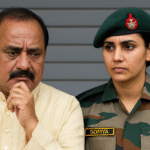

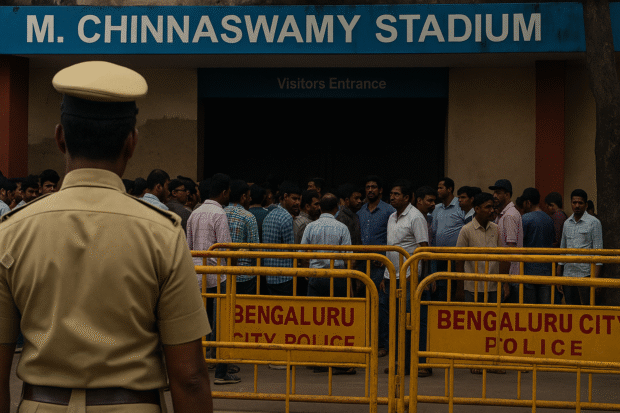
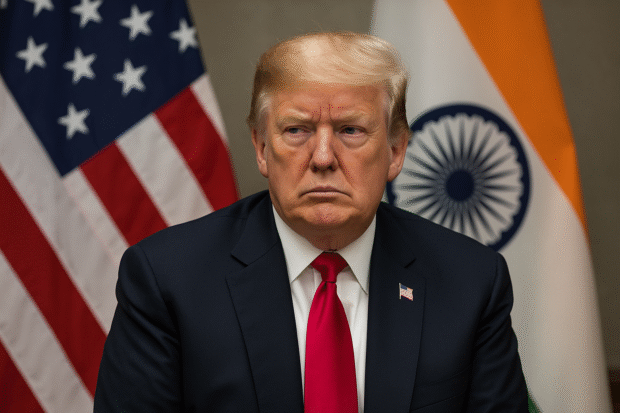


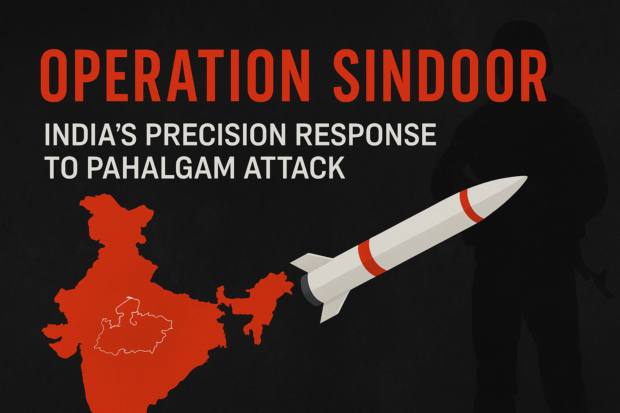



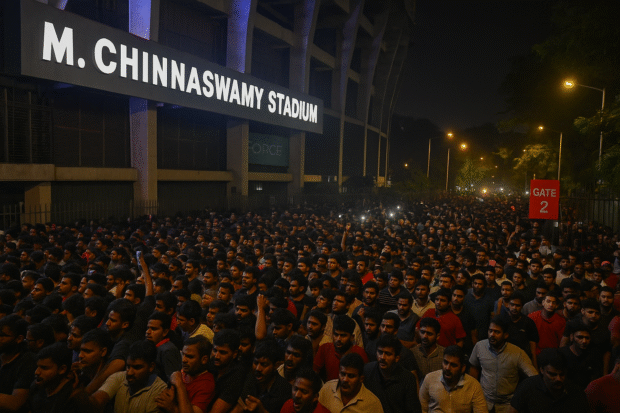

Be the first to leave a comment